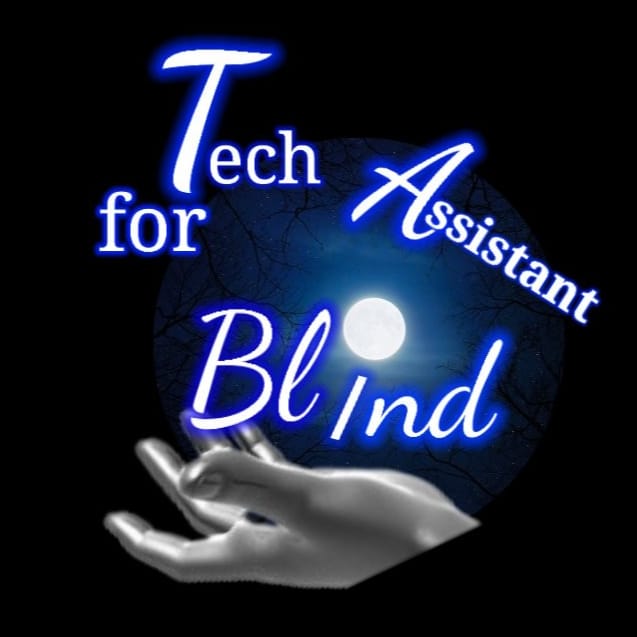Published on
April 3, 2023
Written by
Tech Assistant for blind Team
The world we live in is filled with an array of unique challenges, especially for individuals with disabilities. Fortunately, technology is constantly evolving, and the rise of authentic reality and virtual reality has brought new solutions to enhance accessibility.
Authentic reality refers to the physical world around us, while virtual reality is an artificial environment that simulates real-life experiences. Both authentic reality and virtual reality have the potential to increase accessibility for people with disabilities.
Authentic reality can be made more accessible by implementing various measures to reduce physical barriers, such as installing ramps and elevators, adding audio navigation systems in public spaces, and providing tactile paving on sidewalks. These modifications can help individuals with mobility and visual impairments navigate and access their environment.
Moreover, authentic reality can also provide a sense of community for individuals with disabilities. By creating inclusive spaces, such as playgrounds with inclusive play equipment and accessible public spaces, individuals with disabilities can feel more connected to their community and be able to participate in activities like everyone else.
However, while authentic reality provides important benefits, virtual reality has the potential to provide an even more immersive and interactive experience for individuals with disabilities. Virtual reality can be used to simulate environments that would otherwise be difficult or impossible to experience in the physical world, such as the surface of the moon or the depths of the ocean.
For people with mobility impairments, virtual reality can offer them the chance to engage in activities that might be difficult or unsafe for them in the real world. For example, virtual reality can provide simulations of hiking, skiing, and other outdoor activities. Individuals with visual impairments can use virtual reality to experience simulations of cities, nature, or even art museums.
Virtual reality can also be used to provide educational opportunities for individuals with disabilities. By creating virtual simulations, educators can provide students with engaging and interactive learning experiences, such as exploring a virtual rainforest or visiting historical sites from around the world. These simulations can provide individuals with disabilities with a more immersive experience than traditional methods of learning.
Another advantage of virtual reality is that it can provide a safe and controlled environment for individuals with certain disabilities. For example, individuals with autism can benefit from virtual reality simulations designed to help them practice social skills and manage sensory challenges. These simulations can help individuals develop skills and strategies that they can use in real-life situations.
In addition, virtual reality can be customized to meet the specific needs of individuals with disabilities. For example, simulations can be modified to provide different types of sensory input for individuals with sensory impairments. Virtual reality can also provide audio descriptions of visual elements, making it more accessible for individuals with visual impairments.
In conclusion, both authentic reality and virtual reality have the potential to increase accessibility for individuals with disabilities. While authentic reality provides important physical modifications to make environments more accessible, virtual reality offers an immersive and interactive experience that can provide unique benefits. By utilizing both technologies, we can create an even more inclusive society where individuals with disabilities can fully participate in various activities and access educational opportunities. As technology continues to evolve, we can look forward to even more advancements that will make the world more accessible and inclusive for everyone.

